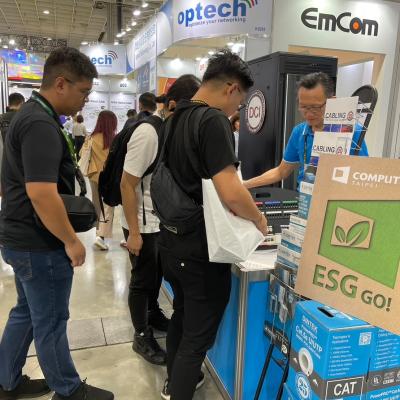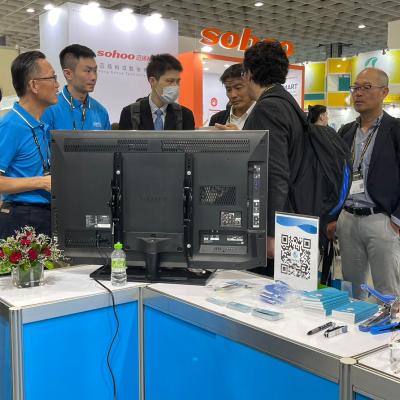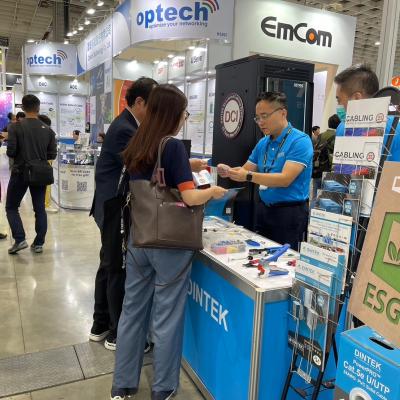What is LSZH cable and why do we use it?
Applications of LSZH cables
As LSZH cables produce very little smoke when they come in contact with a flame, they are often used indoors, especially in public areas such as train stations, hospitals, schools, high buildings, and commercial centers where the protection of people and equipment from toxic and corrosive gases is critical. They are also used in poorly ventilated areas and hazardous environments. Data centers contain large amounts of cables and are usually enclosed spaces with cooling systems that can potentially disperse combustion byproducts through a large area. Other materials burning may also contribute greater amounts of dangerous gases which will outweigh the effect of the cables. There have been notable fires where cables burning contributed to corrosion, but in some instances, better fire response techniques could have prevented this damage.
Performance and cost
It was once true that the electrical and mechanical performance of LSZH cables were inferior to that of their traditional counterparts, but this is far less true today. Cable manufacturers have continually enhanced LSZH products that provide the fire retardant properties of PVC and FEP materials, without reducing flexibility, bend radius, cold temperature capability, and performance. LSZH cables are typically more expensive because their production requires additional steps and manufacturing time. However, cost will continue to decline as the market for LSZH cable increases.
Choosing the right LSZH cable
The proliferation of rules, codes and disparate regulations and standards makes it difficult for cable manufacturers to adequately define whether they are or are not truly LSZH rated. Some data sheets that might otherwise seem to meet these requirements surprisingly often do not state this, but instead provide only cable construction (primarily jacketing) frequently leaving out the dielectric material. If a cable seems desirable, but does not clearly indicate its fire associated characteristics, the best way to make a final decision is to contact the manufacturer.



DINTEK's range of LSZH cable exceeds Class E channel specification as set down in international standards, adhering to all fire rating standards, including European Dca standards. DINTEK provides standards conformance, certifications and full technical specifications for all of their products, including LSZH cable, as demonstrated below. Datasheets for each product can be found on the our website.
With 30 years in the business, DINTEK is well-positioned to understand each client's requirements in selecting LSZH cable.
For details on our comprehensive range of LSZH cable across Cat.5e, Cat.6, Cat.6A and fiber, contact







